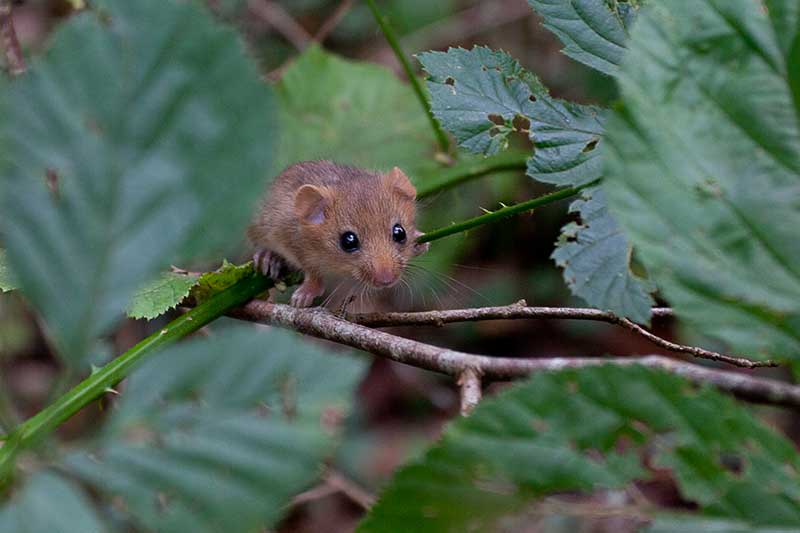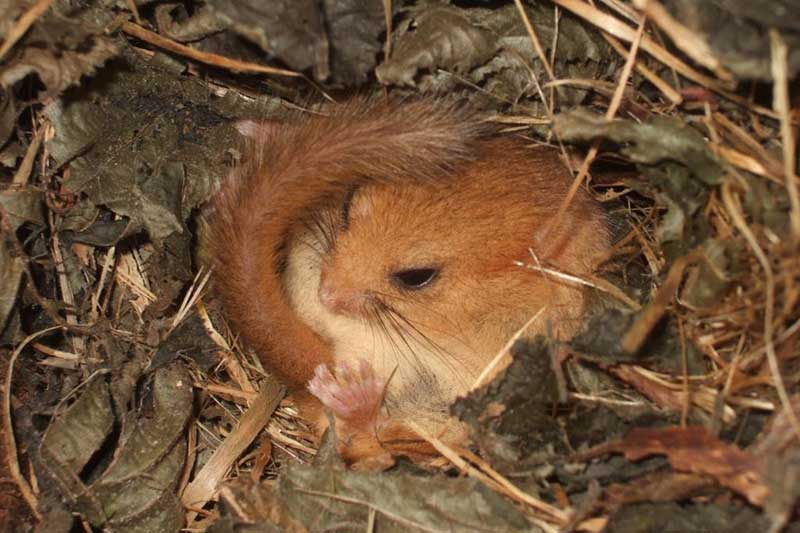Understanding dormouse hibernation

Planning for future dormouse conservation in the face of climate change
Funding for this project has now finished
The problem
Animals that hibernate are particularly vulnerable when they wake up. They are likely to have used up their energy reserves and need to find food quickly. Hibernating animals often use weather cues as a guide to the best time to become active. Fluctuations in weather patterns, caused by climate change, are affecting hibernators worldwide, with warmer winters causing some hibernators to wake up earlier or more frequently than normal, when there is little food available.


This project, led by the Universities of Cumbria and Glasgow, aims to uncover the cues hazel dormice use to time their entrances and exits from hibernation. This knowledge would help us to plan for future dormouse conservation in the face of climate change.
The solution
Rachel Findlay-Robinson and her team will fit small temperature loggers inside natural dormouse hibernation nests to measure how often dormice are waking up from hibernation, and whether they are leaving the nests during winter.
At the same time, they will measure microclimatic data, such as temperature, humidity and topography, near these hibernation nests. Dormouse temperature and activity patterns will be analysed taking into account both large-scale weather data and small-scale microclimate data.
By looking at both the larger and smaller pictures, Rachel hopes to determine if and how climatic variation affects dormouse hibernation patterns. We can then use this information to produce management guidelines for woodland owners. The guidance will provide advice on how to help create suitable winter habitats for dormice to ensure that more of them are able to survive erratic winters in the future.
Thank you to all our donors who helped us fund this work. You can help us support more projects like this with a donation today:
